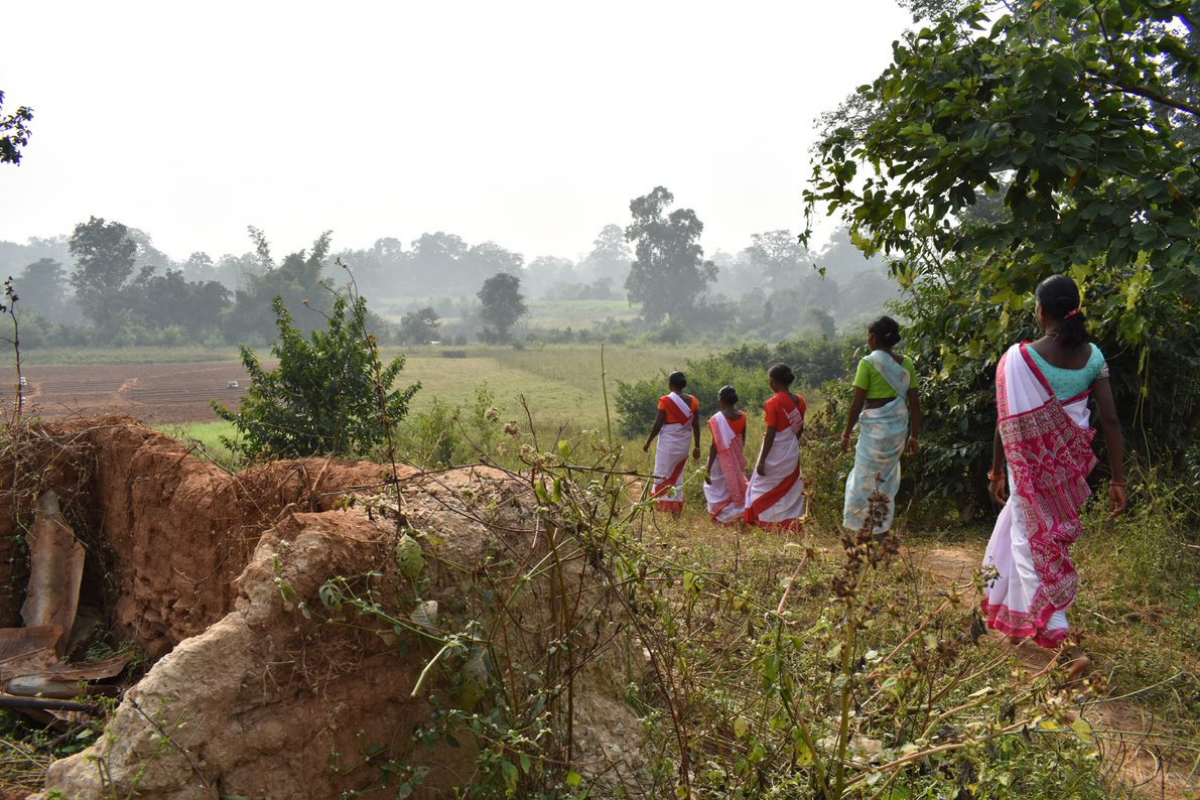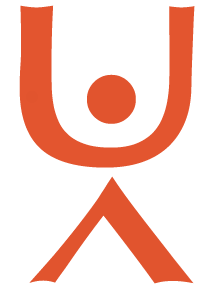This op-ed originally appeared in the World Economic Forum (WEF) blog on November 24, 2021.
A whopping $90-100 billion is on the World Bank’s International Development Association‘s (IDA) negotiating table in 2021 to help the world’s poorest countries rebuild from the pandemic over the next three years.
The negotiations around how this money is spent will have critical implications for our global landscape, determining not only which strategies will be pursued to support our recovery, but also whether global problems like extreme poverty will inadvertently be allowed to grow. It should be of great concern to all of us that government funding for the IDA is spent as effectively as possible on the crucial problems that threaten global progress and growth far beyond the COVID-19 crisis. We need urgent and strategic action as the World Bank estimates that nearly 100 million more people entered the deepest states of poverty following pandemic-induced economic shocks.



